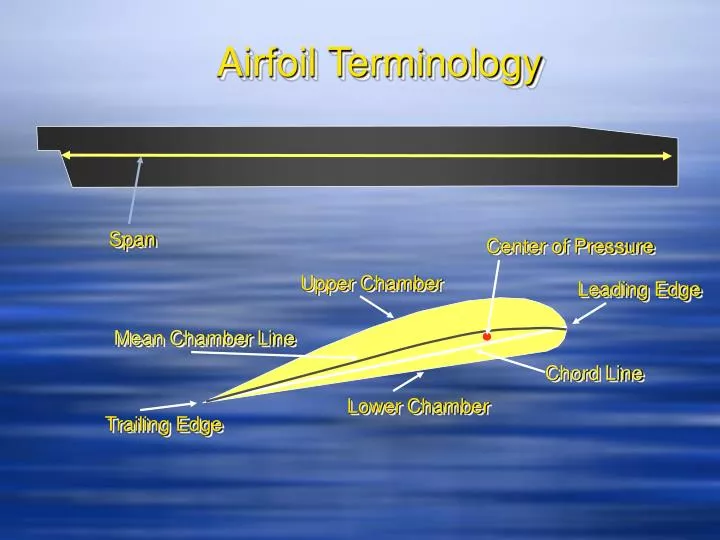
In the region of the ailerons and near a wingtip a symmetric airfoil can be used to increase the range of angles of attack to avoid spin-stall. Asymmetric airfoils can generate lift at zero angle of attack, while a symmetric airfoil may better suit frequent inverted flight as in an aerobatic airplane. Various airfoils serve different flight regimes. The thicker boundary layer also causes a large increase in pressure drag, so that the overall drag increases sharply near and past the stall point.Īirfoil design is a major facet of aerodynamics. The thickened boundary layer’s displacement thickness changes the airfoil’s effective shape, in particular it reduces its effective camber, which modifies the overall flow field so as to reduce the circulation and the lift. The drop in lift can be explained by the action of the upper-surface boundary layer, which separates and greatly thickens over the upper surface at and past the stall angle. At about 18 degrees, this airfoil stalls, and lift falls off quickly beyond that. With increased angle of attack, lift increases in a roughly linear relation, called the slope of the lift curve. The curve represents an airfoil with a positive camber so some lift is produced at zero angle of attack. Airfoils are more efficient lifting shapes, able to generate more lift (up to a point), and to generate lift with less drag.Ī lift and drag curve obtained in wind tunnel testing is shown on the right. An airfoil-shaped wing can create downforce on an automobile or other motor vehicle, improving traction.Īny object with an angle of attack in a moving fluid, such as a flat plate, a building, or the deck of a bridge, will generate an aerodynamic force (called lift) perpendicular to the flow. Swimming and flying creatures and even many plants and sessile organisms employ airfoils/hydrofoils: common examples being bird wings, the bodies of fish, and the shape of sand dollars. Sails are also airfoils, and the underwater surfaces of sailboats, such as the centerboard and keel, are similar in cross-section and operate on the same principles as airfoils. Airfoils are also found in propellers, fans, compressors and turbines. 1 2 3 4 Introductionįigure 2 – Streamlines around a NACA 0012 airfoil at moderate angle of attack.įigure 3 – Lift and Drag curves for a typical airfoil.Ī fixed-wing aircraft’s wings, horizontal, and vertical stabilizers are built with airfoil-shaped cross sections, as are helicopter rotor blades. The lift force can be related directly to the average top/bottom velocity difference without computing the pressure by using the concept of circulation and the Kutta-Joukowski theorem. This pressure difference is accompanied by a velocity difference, via Bernoulli’s principle, so the resulting flowfield about the airfoil has a higher average velocity on the upper surface than on the lower surface.

This “turning” of the air in the vicinity of the airfoil creates curved streamlines which results in lower pressure on one side and higher pressure on the other. Most foil shapes require a positive angle of attack to generate lift, but cambered airfoils can generate lift at zero angle of attack. This force is known as aerodynamic force and can be resolved into two components: Lift and drag. When oriented at a suitable angle, the airfoil deflects the oncoming air, resulting in a force on the airfoil in the direction opposite to the deflection. The lift on an airfoil is primarily the result of its angle of attack and shape. Foils of similar function designed with water as the working fluid are called hydrofoils. Subsonic flight airfoils have a characteristic shape with a rounded leading edge, followed by a sharp trailing edge, often with asymmetric camber. The component parallel to the direction of motion is called drag. The component of this force perpendicular to the direction of motion is called lift.

Though not strictly an airfoil, the dolphin fin obeys the same principles in a different fluid medium.Īn airfoil or aerofoil is the shape of a wing or blade (of a propeller, rotor, or turbine) or sail as seen in cross-section.Īn airfoil-shaped body moved through a fluid produces an aerodynamic force. Figure 1 – Examples of airfoils in nature and within various vehicles.


 0 kommentar(er)
0 kommentar(er)
